More than 400 mycotoxin compounds have been identified that are produced by hundreds of different fungal species, including Fusarium, Penicillium and Aspergillus species.
Historically, certain mycotoxins are considered more relevant for the agricultural industry, but as research and laboratory techniques advance, more and more mycotoxins are being considered as risks for humans and animals. These are often categorized as masked, modified or emerging mycotoxins.
More than 400 mycotoxin compounds have been identified that are produced by hundreds of different fungal species, including Fusarium, Penicillium and Aspergillus species.
Historically, certain mycotoxins are considered more relevant for the agricultural industry, but as research and laboratory techniques advance, more and more mycotoxins are being considered as risks for humans and animals. These are often categorized as masked, modified or emerging mycotoxins.
References
BIandino et al 2017. Italian J. Agronomy, 12:215-224.
Garcia-Cela et al., 2018. Toxins, 10, 56
Geisen et al., 2017. Current Opinion Food Sci. 17:1-8.
Nesic et at 2015. Procedia Food Sci. 5:207-210.
Ponts 2015. Frontiers Microbiol. 6, 1234.
Tola and Kebede, 2016. Cogent Food Agri. 2, 1191103.
Back 2 Basics
What are Masked, Modified and Emerging Mycotoxins?